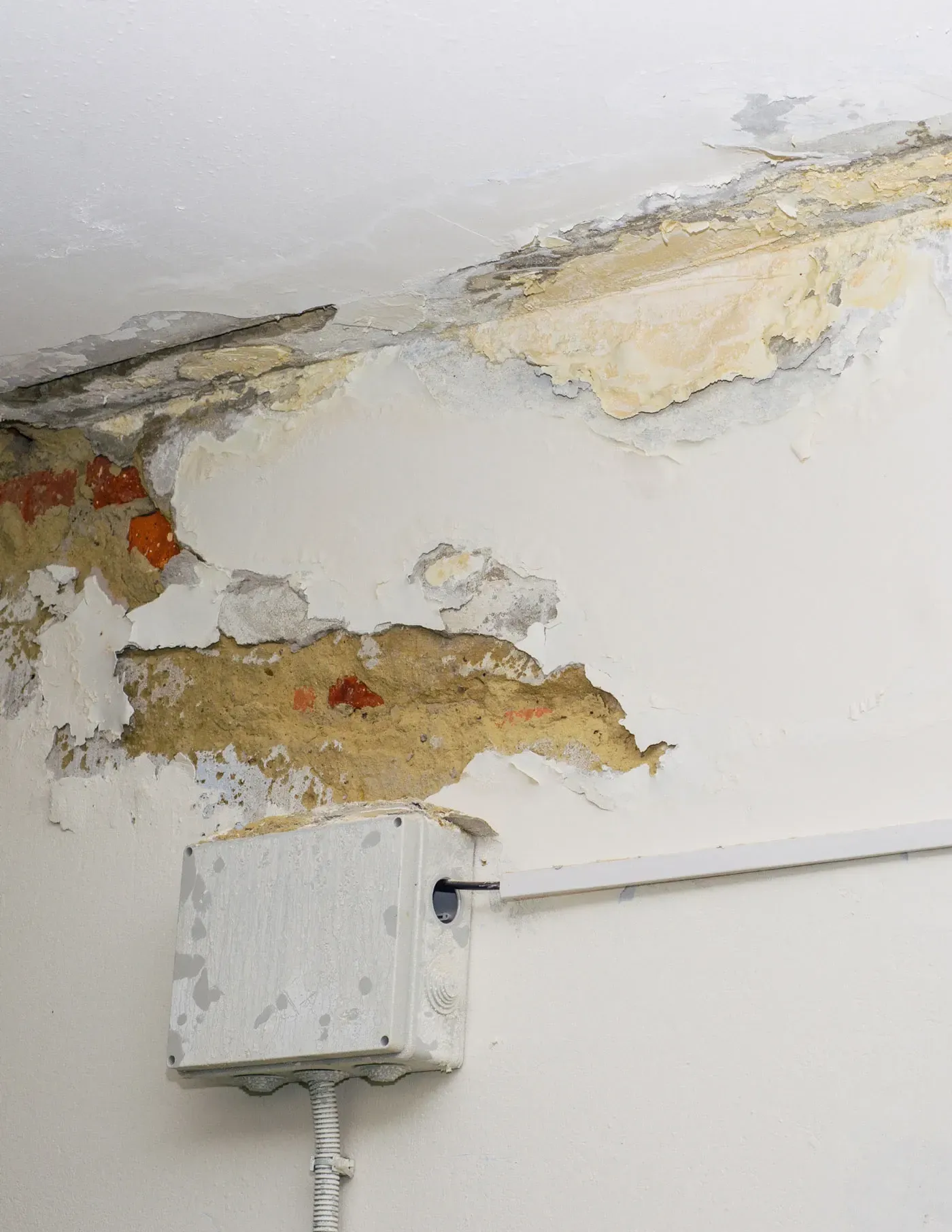A Property Manager's Guide to Detecting Water Damage Early in Lafayette, LA

Envision the unfortunate scenario of discovering substantial water intrusion in one of your managed properties in Lafayette, LA, after a significant rainstorm. Carpets are soaked, electronics are threatened, and structural harm is impending if actions aren't promptly taken. This isn't unthinkable in Louisiana, especially considering its higher-than-average rainfall. When water damage in Lafayette, LA, emerges, swift and effective action from a proficient water damage restoration service in Lafayette, LA becomes paramount. Neglecting such damage can escalate the issue, resulting in more severe property damage and the potential growth of mold—an unwanted problem for any property manager.
Understanding Water Damage in Lafayette, LA, and Its Potential Impact
Recognizing the potential impact of water damage is the first step toward its early detection. To provide some perspective, even an inch of standing water can result in over $25,000 in damage to commercial properties. The visible damage is worrisome, but the unseen effects can be even more detrimental. Water penetration can weaken structural components and foster a damp environment ideal for mold proliferation.
- Operational Disruption: Water damage in a commercial property can halt business operations, leading to financial and reputational losses.
- Health Implications: Unchecked mold growth following water damage can trigger health complications for occupants, including allergies and respiratory issues.
- Structural Compromise: Sustained water exposure can deteriorate building materials, threatening structural stability and resulting in expensive repairs.
Clearly, early detection and timely intervention by a water and fire restoration company in Lafayette, LA, for water damage are more than advantageous—they're essential.
Early Signs of Water Damage: Identifying the Subtle Indicators
Understanding what to look for is vital in early water damage detection. Subtle signs often go unnoticed until the damage has intensified. However, regular inspections and a vigilant eye can help spot these indicators before they become substantial issues.
- Unpleasant Odors: Persistent musty odors can hint at concealed water damage. Damp materials, over time, emit a distinct smell, often the first indicator of a potential problem.
- Discoloration and Stains: Water stains on ceilings, walls, or floors could signify a leak. The presence of unusual spots, discoloration, or peeling paint warrants immediate investigation.
- Change in Texture: Water can induce materials to warp, bubble, or sag. Water damage could be the culprit if your property's floors, walls, or ceilings exhibit any of these changes.
- Mold Presence: Mold thrives in damp conditions. Even minor visible mold presence can suggest water damage.
- Increased Utility Bills: A sudden, unexplained increase in your water bill might point to a hidden leak.
Being proactive is crucial in property management, particularly regarding water damage in Lafayette, LA. Recognizing the signs of water damage early can prevent minor issues from developing into significant ones, saving hefty repair costs and evading health hazards from potential mold growth. A responsive and informed approach is critical, as is seeking professional help from a water and fire restoration company in Lafayette, LA when the situation is beyond your capability. Timely action doesn't just restore—it preserves your property's value and the safety of its occupants.
You might also like
DryMax Restoration Blogs




